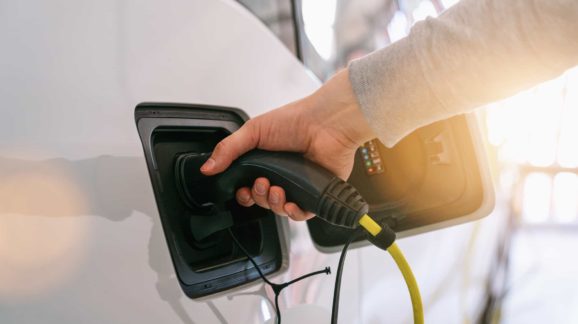Study: Electric Vehicles Driven A Lot Less Than Previously Assumed

Photo Credit: Getty
A recently published study finds that electric vehicle (EV) owners drive them considerably less than previously assumed. This finding, if true, would greatly undercut claims about the practicality of EVs as a replacement for gasoline-powered vehicles. Even more importantly, it would undercut the assumptions about the climate change benefits of EVs that are used to justify the massive subsidies for them.
The study, published on February 8 by the National Bureau of Economic Research, is entitled Low Energy: Estimating Electric Vehicle Electricity Use. The authors, after carefully analyzing the electricity use by a sample of California homeowners with EVs, concluded, “Our results imply that EVs travel 5,300 miles per year, under half of the U.S. fleet average.” The average gasoline-powered passenger vehicle is driven nearly 11,500 miles.
Until now, most policy makers had assumed no appreciable difference in usage between EVs and gasoline-powered vehicles. According to the authors, their surprising finding suggests “that EVs may not be as easily substituted for gasoline vehicles as previously thought,” and also “raises questions about transportation electrification for climate policy.”
Most households with EVs also have one or more gasoline-powered vehicles, so drivers usually have a choice for any particular trip. The apparent preference for leaving the EV parked and taking a gasoline vehicle instead suggests that “EVs may be complements to gasoline-powered vehicles, rather than substitutes for them.”
The authors speculate why EVs are chosen less often than gasoline-powered vehicles. They note, for example, the “high electricity prices in California,” adding to the cost of EV usage, as well as “an absence of sufficiently dense charging networks, range anxiety, or other attributes of the EV travel experience” that may make it a less desirable option for certain trips, especially longer ones.
Such explanations for lower EV usage could be spun by policy makers as rationales for additional subsidies to reduce charging costs, build more public charging stations, or other market interventions. But in truth, the fact that EVs are driven less calls into question whether they should be subsidized at all.
The main reason why federal and many state governments do so much to tilt the playing field in favor of EVs —including hefty tax credits to bring down the sticker price—is the assumption that they reduce vehicular greenhouse gas emissions. But, as detailed in the CEI study, “Would More Electric Vehicles Be Good For The Environment?,” EVs actually require more energy to manufacture than a comparable gasoline-powered vehicle, and thus create a relative carbon debt before the vehicle is driven its first mile. That debt is eventually repaid as the vehicle is fueled by (presumably) lower-carbon electricity instead of gasoline. However, even some EV proponents concede that it could take up two years of average driving to do so—and that was under assumptions of considerably more miles driven that the current study has found.
If the study’s findings are true, it may be that many EVs barely overcome their carbon debt over the life of the vehicle and do so at an exorbitant cost per ton of carbon avoided. Even worse, at least a few lightly driven EVs may never pay off their carbon debt.
EVs can work just fine as status symbols for well-heeled multi-vehicle households. But the study suggests that the jury is still out on whether they can be a go-to car—and nearly one-third of American households have only one vehicle. Perhaps more significantly, the study also suggests that EV mandates and subsidies are a bad policy choice if reducing greenhouse gas emissions is the goal.